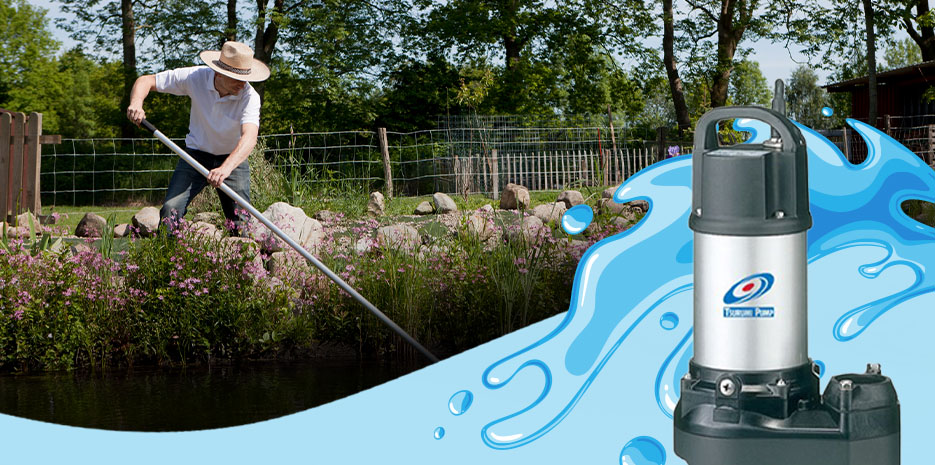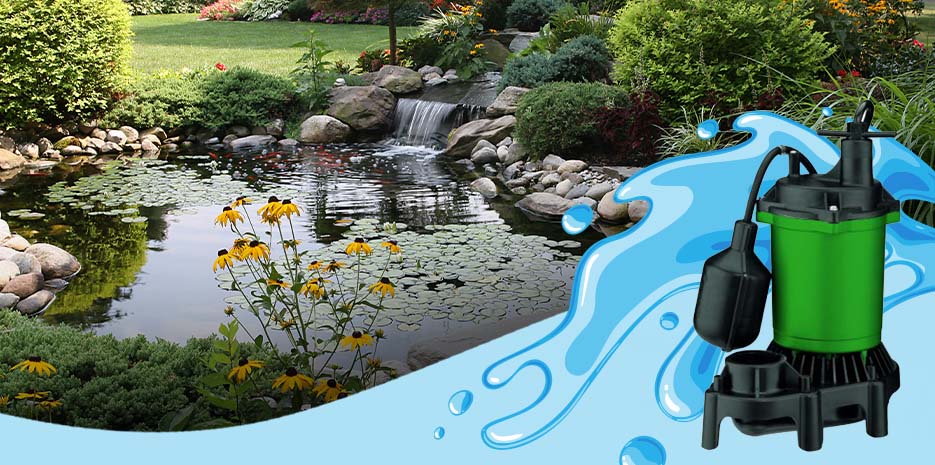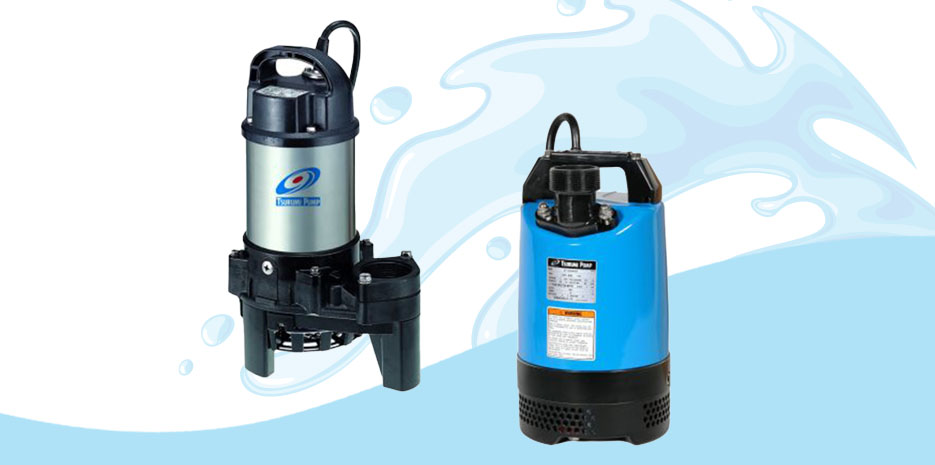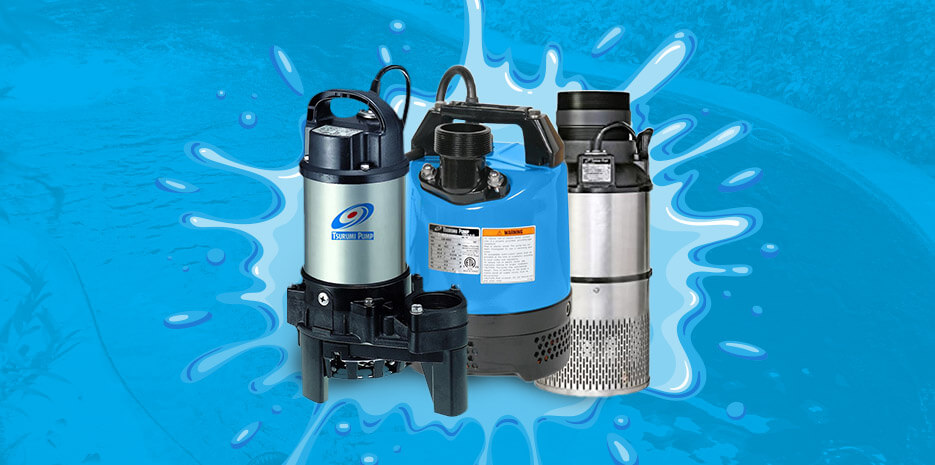Prevent Sump Pump Flooding this Winter
- By Eli Weinstock
- Aug 21, 2019
Prevent Sump Pump Flooding this Winter
There is little doubt that the influx of snow during the past few months has caused countless problems and inconveniences for everyone. From buried roads to a rise in heating bills, the relentless winter storm has brought with it something to make everyone's day generally unpleasant. Unfortunately, plumbing and architectural professionals claim that our troubles are only just beginning. According to these experts, the accumulation of ice and snow on land supporting structures can cause severe flooding once the frozen precipitation begins to melt. While a flooded basement is the last thing anyone wants to contend with, there is a rather simple means of prevention.
 As water recedes from the streets and into your yard, there's a strong possibility that it may collect with other large pools of standing water and create a serious flooding issue. The best means of reducing this risk is to insure that your sump pump is fully operational. To do this, locate the sump pump in your home – generally in the basement – and make sure all connections are tight and secure. Likewise, all pipes leading outside should be facing away from your foundation.
Another problem that may arise is the freezing of your sump pump discharge hose. When the hose is frozen, water cannot be removed from the house and the collected moisture can back up into your basement. To prevent this from happening, purchase de-icing cable to help keep the tubing clear and working properly. Keeping several tubes on hand can also help, replacing the tube as it begins to become frozen. Using a system of freezing and thawing, you can prevent back up and always have an extra discharge tube on hand just in case.
Has your sump pump ever broken down or become blocked due to freezing in the winter? If so, how did you overcome this issue?
As water recedes from the streets and into your yard, there's a strong possibility that it may collect with other large pools of standing water and create a serious flooding issue. The best means of reducing this risk is to insure that your sump pump is fully operational. To do this, locate the sump pump in your home – generally in the basement – and make sure all connections are tight and secure. Likewise, all pipes leading outside should be facing away from your foundation.
Another problem that may arise is the freezing of your sump pump discharge hose. When the hose is frozen, water cannot be removed from the house and the collected moisture can back up into your basement. To prevent this from happening, purchase de-icing cable to help keep the tubing clear and working properly. Keeping several tubes on hand can also help, replacing the tube as it begins to become frozen. Using a system of freezing and thawing, you can prevent back up and always have an extra discharge tube on hand just in case.
Has your sump pump ever broken down or become blocked due to freezing in the winter? If so, how did you overcome this issue?
 As water recedes from the streets and into your yard, there's a strong possibility that it may collect with other large pools of standing water and create a serious flooding issue. The best means of reducing this risk is to insure that your sump pump is fully operational. To do this, locate the sump pump in your home – generally in the basement – and make sure all connections are tight and secure. Likewise, all pipes leading outside should be facing away from your foundation.
Another problem that may arise is the freezing of your sump pump discharge hose. When the hose is frozen, water cannot be removed from the house and the collected moisture can back up into your basement. To prevent this from happening, purchase de-icing cable to help keep the tubing clear and working properly. Keeping several tubes on hand can also help, replacing the tube as it begins to become frozen. Using a system of freezing and thawing, you can prevent back up and always have an extra discharge tube on hand just in case.
Has your sump pump ever broken down or become blocked due to freezing in the winter? If so, how did you overcome this issue?
As water recedes from the streets and into your yard, there's a strong possibility that it may collect with other large pools of standing water and create a serious flooding issue. The best means of reducing this risk is to insure that your sump pump is fully operational. To do this, locate the sump pump in your home – generally in the basement – and make sure all connections are tight and secure. Likewise, all pipes leading outside should be facing away from your foundation.
Another problem that may arise is the freezing of your sump pump discharge hose. When the hose is frozen, water cannot be removed from the house and the collected moisture can back up into your basement. To prevent this from happening, purchase de-icing cable to help keep the tubing clear and working properly. Keeping several tubes on hand can also help, replacing the tube as it begins to become frozen. Using a system of freezing and thawing, you can prevent back up and always have an extra discharge tube on hand just in case.
Has your sump pump ever broken down or become blocked due to freezing in the winter? If so, how did you overcome this issue? 




